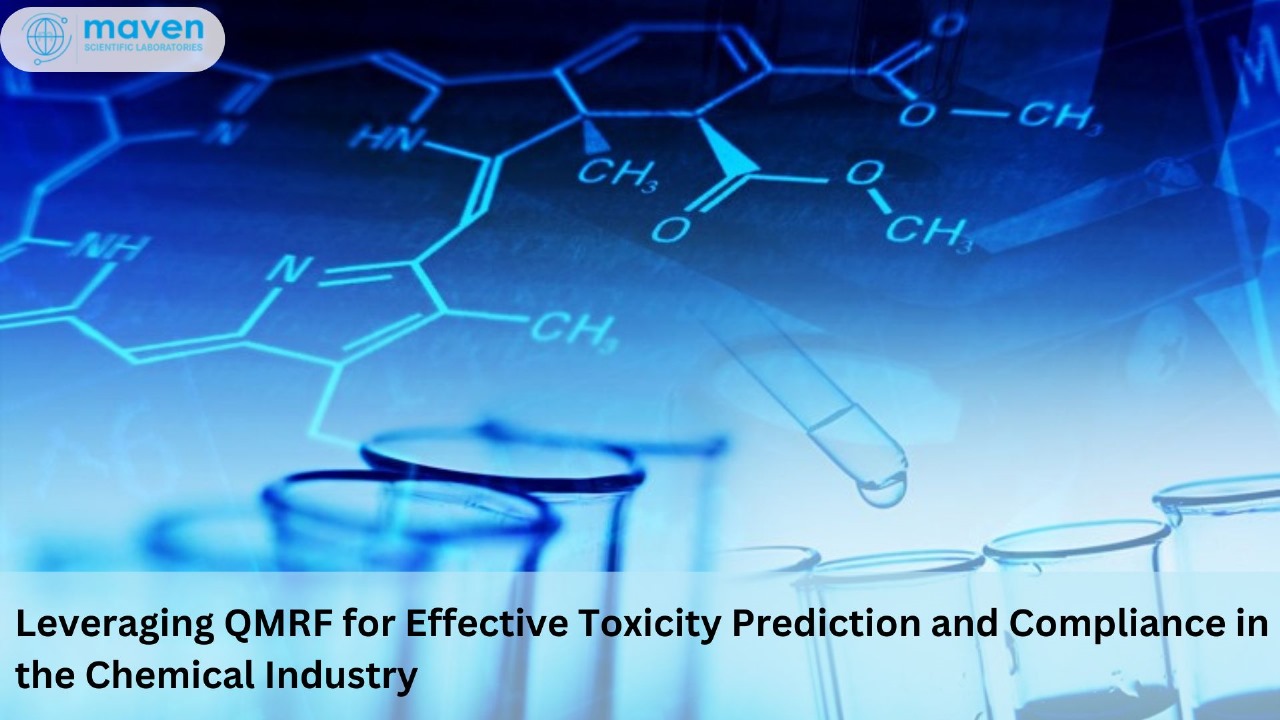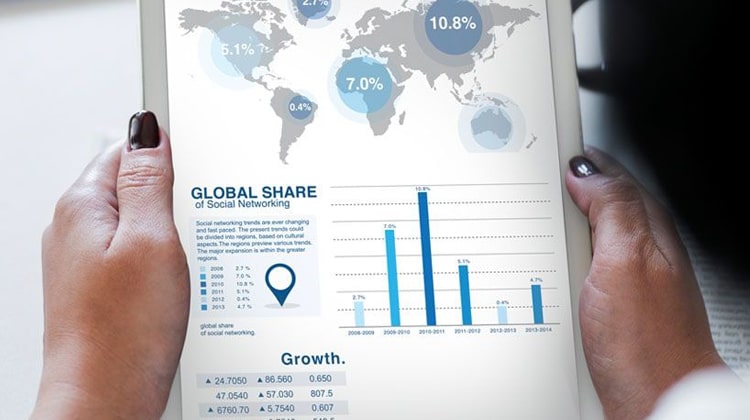
Leveraging QMRF For Effective Toxicity Prediction And Compliance In The Chemical Industry
The Joint Research Centre (JRC) has established a harmonized template known as the QSAR Model Reporting Format (QMRF), which serves as a crucial tool for summarizing key information on Quantitative Structure-Activity Relationship (Q)SAR) models. This format includes results from validation studies and is primarily utilized within the life sciences and chemical industries to support hazard and risk assessments of products and impurities. Lhasa Limited, we produce QMRFs for our advanced toxicity prediction tools, Derek Nexus and Sarah Nexus, ensuring that these models meet scientific and regulatory standards.
The Role of QMRF in Regulatory Compliance
The QMRF is essential for confirming that a (Q)SAR model is acceptable from both scientific and regulatory perspectives. It encapsulates the five OECD principles that validate these models, ensuring they are reliable for use in regulatory assessments. Below, we outline how Derek Nexus and Sarah Nexus align with these principles:
The 5 OECD Principles of QMRF
- A Defined Endpoint
- Derek Nexus: This tool makes qualitative predictions regarding toxicity, providing alerts for multiple endpoints such as mutagenicity, carcinogenicity, and skin irritation.
- Sarah Nexus: Focused on mutagenicity, it offers an overall statistical prediction based on the chemical structure.
- An Unambiguous Algorithm
- Derek Nexus: Utilizes expert-derived structural alerts (2D SARs) along with physicochemical properties to predict skin sensitization potency based on local lymph node assay data.
- Sarah Nexus: Employs a self-organizing hypothesis network (SOHN) to generate hypotheses based on structural fragments for making predictions.
- A Defined Domain of Applicability
- Derek Nexus: The applicability domain is defined by the developer, ensuring that predictions are made only for compounds that activate specific alerts related to toxicity.
- Sarah Nexus: Compares structural fragments in the training set with those in the query compound to determine if it falls within the model's applicability domain.
- Appropriate Measures of Goodness-of-Fit, Robustness, and Predictivity
- Derek Nexus: Conducts internal and external validation using proprietary and public datasets to assess positive predictivity.
- Sarah Nexus: Undergoes external validation with proprietary datasets, allowing users to review the relevance of training set examples against query compounds.
- A Mechanistic Interpretation, If Possible
- Derek Nexus: Provides detailed comments associated with alerts that include information on mechanisms of action and biological targets.
- Sarah Nexus: Identifies structural features that may lead to mutagenicity through reactive species capable of interacting with DNA.
How Maven Can Help You
At Maven Regulatory Solutions, we understand the complexities involved in utilizing QMRFs effectively within your organization. Our team specializes in providing comprehensive support for toxicology services and regulatory consultation tailored to your needs. Whether you're looking to implement QMRFs for Derek Nexus or Sarah Nexus or need assistance navigating regulatory requirements, Maven is here to help.
- Expert Guidance: Our experienced professionals can assist you in understanding how to leverage QMRFs effectively for your specific applications.
- Training and Support: We offer training programs designed to enhance your team's understanding of (Q)SAR methodologies and their regulatory implications.
- Regulatory Compliance: Maven helps ensure that your processes align with global regulatory standards, facilitating smoother submissions and approvals.
If you are interested in learning more about how Maven can support your organization in implementing effective QMRFs or enhancing your toxicology prediction capabilities, please contact us today. Our team is ready to assist you in achieving regulatory excellence while safeguarding public health through advanced predictive modeling solutions.
Conclusion
The QSAR Model Reporting Format (QMRF) is a fundamental tool for ensuring that predictive models used in toxicity assessments are scientifically valid and regulatory-compliant. By adhering to the OECD principles, tools like Derek Nexus and Sarah Nexus provide reliable predictions that can support the safety evaluation of chemicals and pharmaceuticals. At Maven, we are committed to helping organizations leverage the power of QMRFs, enabling them to navigate the complexities of regulatory compliance while advancing their toxicology prediction capabilities. With our expertise, you can confidently integrate these tools into your safety assessment processes and enhance your overall regulatory strategy.







